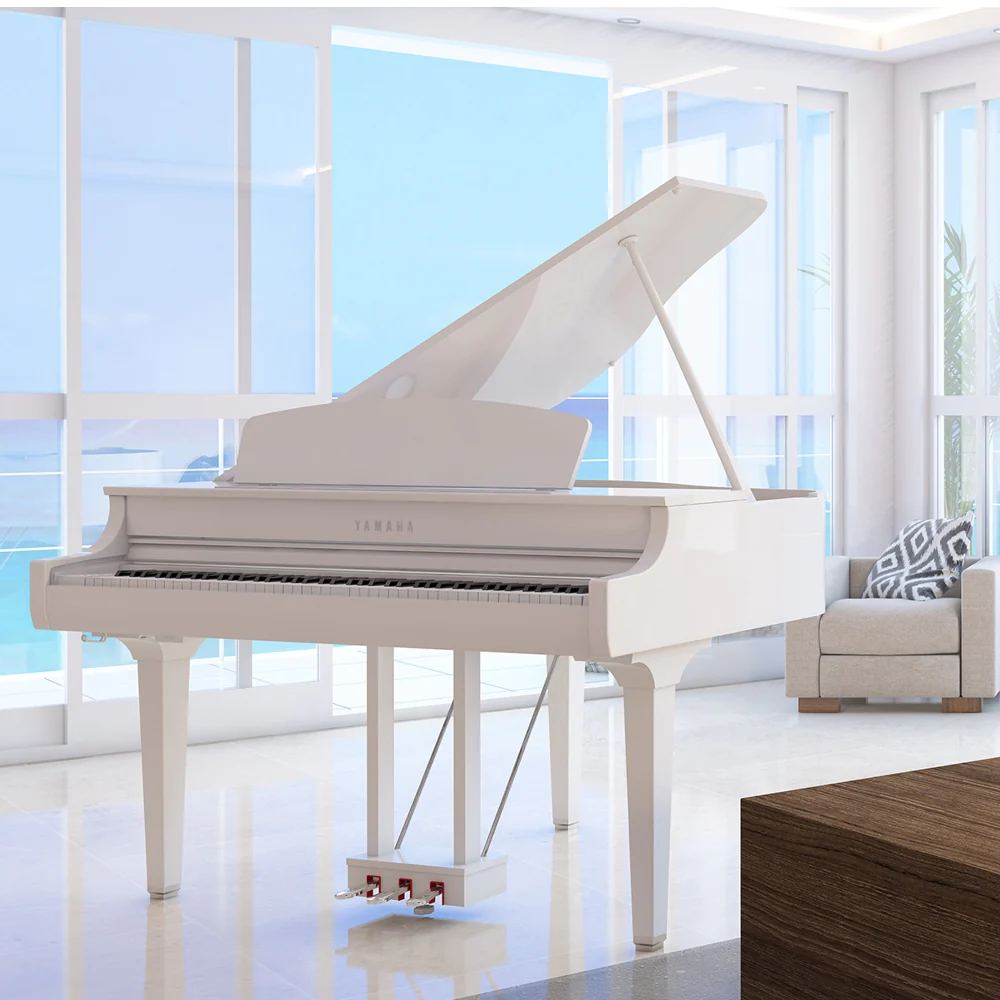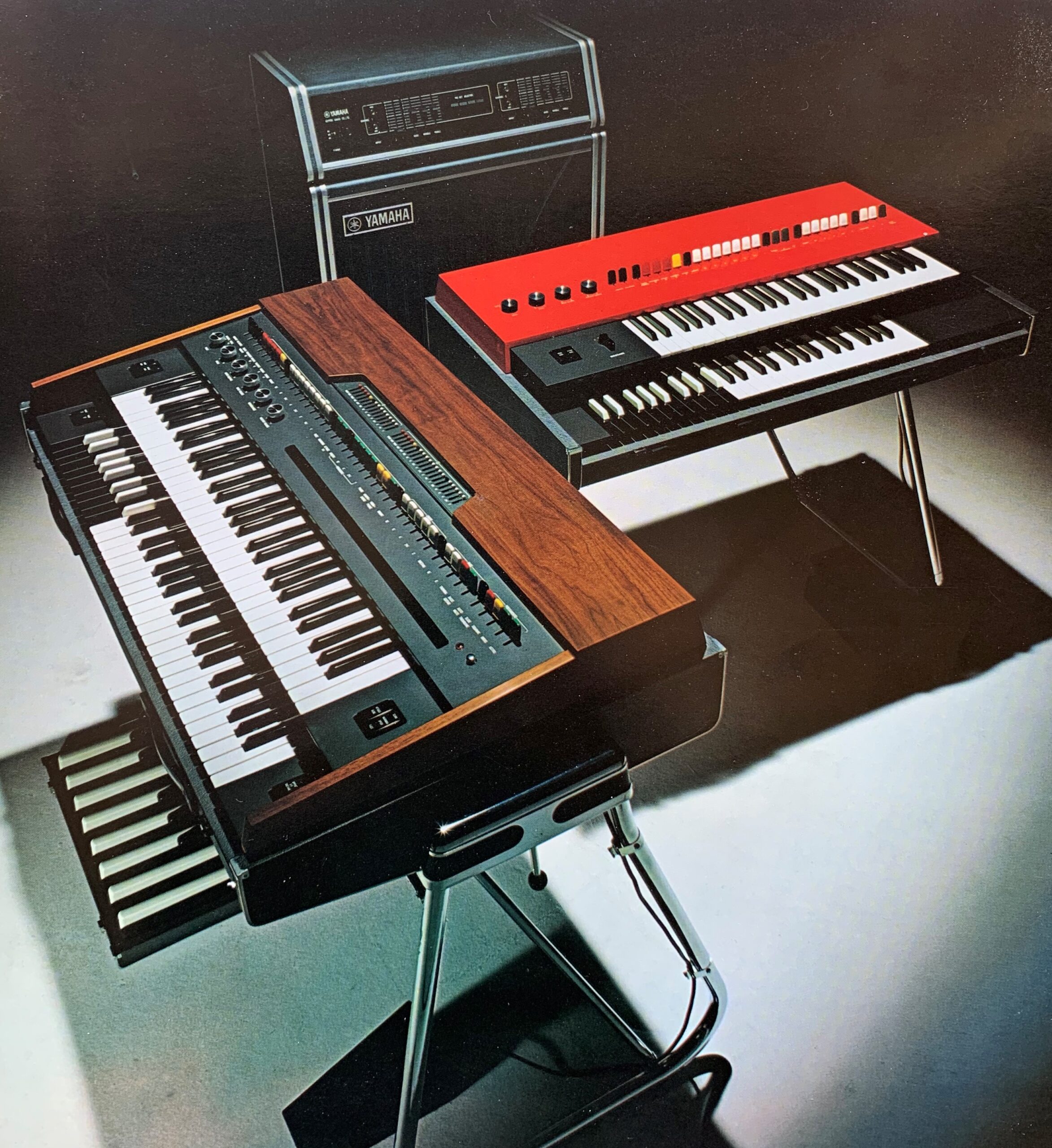Are you wondering what exactly makes a piano so special? Have you ever been curious about its history and how it produces such beautiful sounds? As an avid lover of music, I’ve always been fascinated by the piano and its intricate design. Now, I’m excited to share my knowledge with you in this article!
In this comprehensive guide, we’ll explore everything there is to know about pianos – from their origins to the different types and functions. We’ll also discuss notable players throughout history and the impact that pianos have had on music as we know it. By the end of this article, you’ll have a newfound appreciation for this versatile instrument and all that it has to offer! So come along with me as we delve into the enchanting world of pianos.
So, what kind of instrument is a piano?
The piano is a versatile and complex musical instrument that has been captivating audiences for centuries. It is classified as a keyboard instrument, meaning that the sound is produced by pressing keys on a keyboard rather than plucking strings or blowing air through it.
However, what sets the piano apart from other keyboard instruments is its unique mechanism of producing sound. Inside the body of the piano are over 12,000 parts working together in perfect harmony to create beautiful music. When a key is pressed, a hammer strikes one or more strings inside the piano, creating vibrations that travel through bridges and into the soundboard to produce rich and resonant tones.
But beyond just being an instrument with an impressive mechanism, the piano also holds cultural significance as “the king of keys.” Its versatility allows it to be used in various genres of music such as classical, jazz, pop, and rock. It can also be played solo or accompanied by other instruments.
Not only does it have a wide range of notes (88 keys), but each note can also be played at varying volumes depending on how hard or soft you press down on the key. This adds depth and emotion to performances and makes playing the piano truly expressive.
The history of this magnificent instrument dates back to around 1700 when Italian harpsichord maker Bartolomeo Cristofori invented what he called “gravicembalo col piano e forte” (harpsichord with soft and loud). Over time, improvements were made to its design and construction techniques leading up to today’s modern grand pianos.
In conclusion, while technically considered a keyboard instrument like its counterparts organ and harpsichord, there’s no denying that pianos hold their own distinct identity in terms of mechanics, versatility,and cultural significance. They continue to amaze listeners with their ability to evoke emotions through music created by simply pressing down some keys – making them truly fascinating kings among all musical instruments.
Understanding the Piano: A Percussion Instrument?
Ever looked at a piano and thought, “Wow! Is that a percussion instrument?” Well, your curiosity isn’t misplaced. A piano is indeed classified as both a stringed and percussion instrument. “But how can this be?”, I hear you ask. Let’s delve into the fascinating realm of pianos to understand this better.
When we think of the piano, we often envision graceful hands sweeping across black and white keys producing enchanting melodies; it’s hard not to associate it with other stringed instruments like violins or cellos. But here’s where things get interesting:
The sound in pianos is produced by hammers striking strings whenever a key is pressed – much like hitting a drumstick against a drum, hence qualifying it as a percussion instrument as well.
- The force with which these hammers strike determines the volume of the note.
- The length of time for which they are held down influences its tone duration.
This link between action (hitting) and reaction (sound) gives life to music on this marvelously versatile musical device.
So there you have it – understanding the duality of the beautiful beast we call ‘the Piano’. This multi-faceted characteristic places them in their unique niche among musical instruments. And now when someone asks if you ever heard about any stringed percussion instruments? You’ll know exactly what they’re talking about!
The Design and Mechanism of a Piano
A piano, as you may know, is a beautiful and complex musical instrument. However, have you ever stopped to wonder about how it works? Well, let’s dive right in! The primary components of a piano are the keys, hammers and strings. When you press a key on the piano, it triggers a hammer inside that strikes one or more tightly stretched strings. This action causes the string to vibrate at its resonant frequency (or pitch), creating sound waves which are then amplified by the large wooden “soundboard” that forms part of the body of the piano.
Now let’s go deeper into some specifics:
- The Keyboard: A standard piano has 88 keys – 52 white ones and 36 black ones.
- The Hammers: Achieving different tones entails use of various materials for construction of hammers; softer materials produce warmer sounds while harder materials yield bright tones.
- The Strings: Lower-pitched notes are produced by thicker strings while higher-pitched notes come from thinner strings. Most pianos also employ two or three strings per note to create rich harmonics.
The combination of these elements is what gives each individual piano its unique voice – no two instruments will sound exactly alike because each has its own distinct design and mechanism. So next time when you sit down at your grand or upright, be sure to appreciate not just what comes out but also all that goes within this marvelously intricate contraption!
 Notable Players and Compositions in Piano History
Notable Players and Compositions in Piano History
Read also: what is a pianoforte
Exploring the Different Types and Sizes of Pianos
The world of pianos is as diverse and fascinating as the melodies they can produce. When we think of a piano, typically what comes to mind is a grand concert piano, standing on a stage with its lid gracefully lifted, reflecting light onto the polished wooden flooring. However, there are many more types one could explore.
Grand Pianos, often seen as the pinnacle of pianos due to their superior sound quality, are notable for their horizontal design. The strings run parallel to the floor which allows them to be much longer than in vertical pianos; this results in richer tones and deeper bass notes.
You might also encounter an Upright Piano. The moniker “upright” refers to how its strings and frame stand vertically inside the cabinet which makes it compact enough for home use without compromising too much on sound quality.
- Baby Grand: These are smaller versions of grand pianos but still carry powerful resonance.
- Studio Upright: Slightly larger than typical uprights; used commonly in music studios because they offer superb acoustics.
- Digital Piano: An electronic alternative that seeks to replicate traditional piano sounds digitally.
In terms of size, let me provide you with some perspective – Grand Pianos range anywhere between 5 feet (baby grands) up till 9 feet (concert grands). On the other hand, uprights usually measure around 4-5 feet wide and roughly half that measurement in height. So whether your living room is cavernous or cozy, there’s always room for making music!
Notable Players and Compositions in Piano History
Throughout the centuries, an array of remarkable players have made significant contributions to piano history. Pioneers such as Wolfgang Amadeus Mozart and Ludwig van Beethoven set a high bar with their virtuosic performances, pushing the boundaries of music with their innovative compositions. These maestros coaxed emotions from every key, turning wooden panels and metal strings into soulful symphonies. Other pianists like Sergei Rachmaninoff and Franz Liszt dazzled crowds with their lightning-fast fingers and dramatic flair on stage. Their mastery over this instrument has left a profound impact that continues to influence modern musicians.
Moving beyond performance, let’s delve into some noteworthy compositions in piano history. Among those that stand out include:
- Für Elise by Beethoven – A melody so iconic it is recognized even by individuals who do not play or study music.
- Nocturne in E-flat Major, Op. 9 No.2 by Chopin – A piece that displays the composer’s lyrical genius at full stretch; its serene beauty has mesmerized audiences since its creation.
- Rhapsody In Blue by George Gershwin – An enchanting blend of classical music and jazz elements which changed the trajectory of American Music.
These compositions represent just a fraction of piano literature but nonetheless underscored tremendous artistic growth within this realm over time.
You may also like: kawai vs yamaha piano sound
The Impact of Pianos on Music Genres and Cultures
The evolution of music is a symphony in itself, with each instrument contributing its own unique sound. However, the piano stands out as one of the most influential instruments in shaping various music genres and cultures. This iconic instrument has been a staple for centuries, ushering in changes to classical compositions while also making waves in jazz, rock ‘n’ roll, pop and even hip-hop. Not only does its mellifluous tone add depth and variety to any piece it’s featured in, but it also sets the stage for vocalists by offering a harmonious base.
The piano’s impact can be seen vividly across diverse cultures worldwide:
- Western Classical Music: Its birthplace saw composers like Mozart and Beethoven pushing boundaries with their grand piano pieces.
- Jazz Culture: In America’s roaring twenties, pianists like Duke Ellington became household names.
- Rock ‘n’ Roll & Pop: The twangy melodies of Elvis on his keyboard or Elton John’s flamboyant performances wouldn’t have been possible without this versatile instrument.
Its ability to produce multiple notes simultaneously allows musicians from different cultures to experiment with complex harmony – something unattainable on many other instruments. This flexibility makes the piano truly cross-cultural; fitting into every musical genre while still maintaining its distinctive charm that adds an air of elegance wherever it goes. Through embracing myriad music styles and blending perfectly within them, the charismatic piano has profoundly shaped our global musical landscape.
Conclusion: The Enduring Relevance and Influence of Pianos
The piano, with its timeless elegance and grandeur, retains a significant influence in our lives even today. Despite the rise of electronic music and increasingly digital modes of expression, pianos continue to hold their own, resonating through the ages with their deep melodic tones. This majestic instrument carries a rich history that’s associated with refinement and sophistication; it’s no wonder that playing the piano is often considered an elite skill. The combination of black and white keys under skilled fingertips creates magic—a symphony that transcends time.
Its enduring relevance can be attributed to multiple factors:
- The broad range of genres: From classical to jazz, blues to pop—pianos fit seamlessly into any melody.
- Educational benefits: Learning piano has been linked with improved cognitive abilities in children.
- Versatility: Pianos are versatile instruments capable of both harmony and melody.
Moreover, the piano has influenced numerous aspects of society including film scores, theater performances as well as popular culture. We see celebrities crooning away on grand pianos during musical concerts or catch glimpses in homes featured in lifestyle magazines—creating elegant aesthetics while simultaneously delivering soul-stirring melodies.

